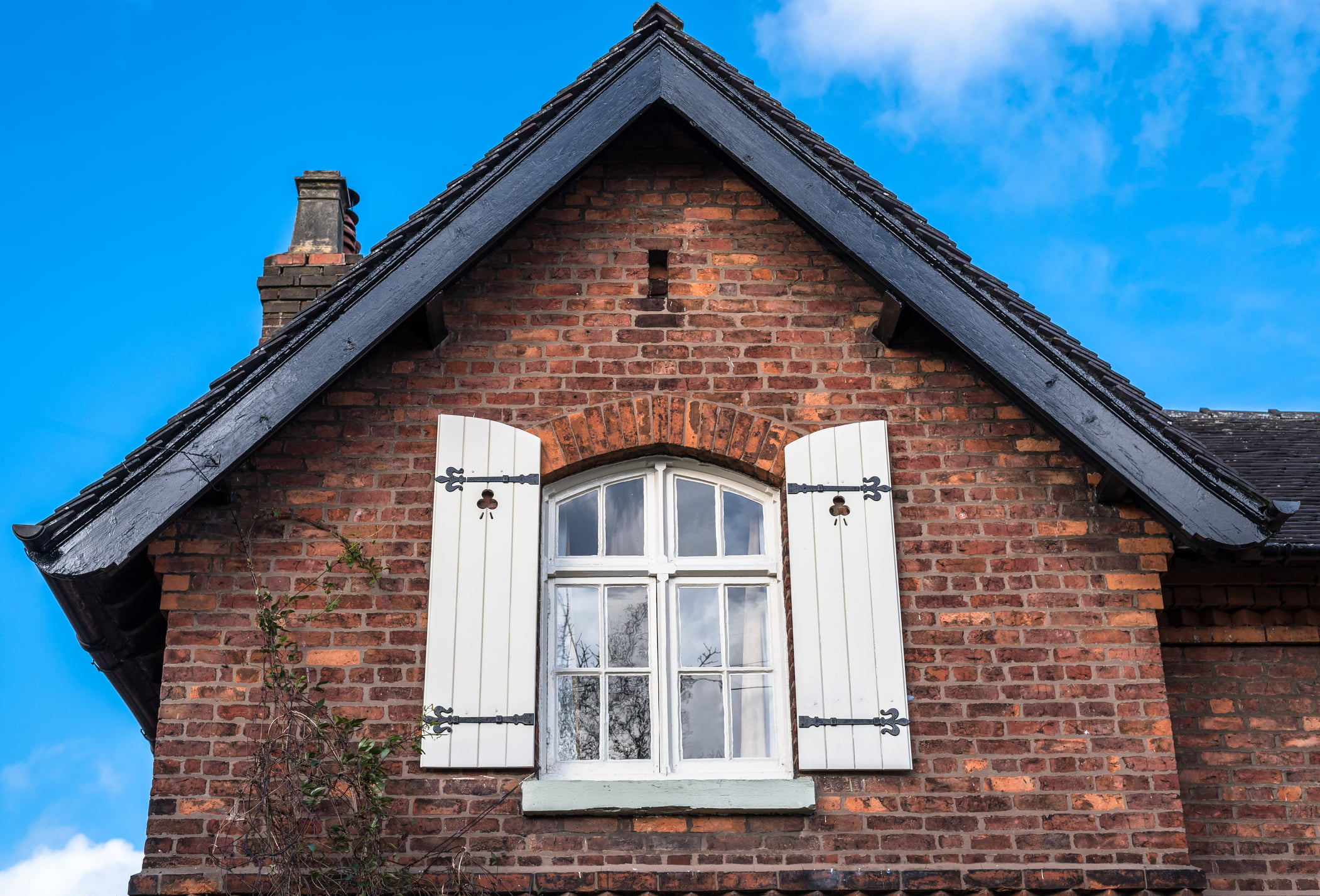Older buildings offer great opportunities for energy savings but come with provisos, especially if your home is listed, in a conservation area, or built before 1919. The good news is you can improve the energy efficiency of your home without compromising its historic character.
Alterations and additions to listed buildings require listed building consent from your local planning authority.
Always check before starting any work; consent is required for the building and its curtilage, or surrounding area. Curtilage can include the garden, land and other buildings associated with your home, for example, stables or the lawn. Consent is crucial for larger projects like solar panels or heat pumps, for example – you can’t simply install solar panels in the garden.
It’s a criminal offence not to seek necessary consent, and not knowing is not a viable defence. You may also require planning permission. Your local authority can advise you.


